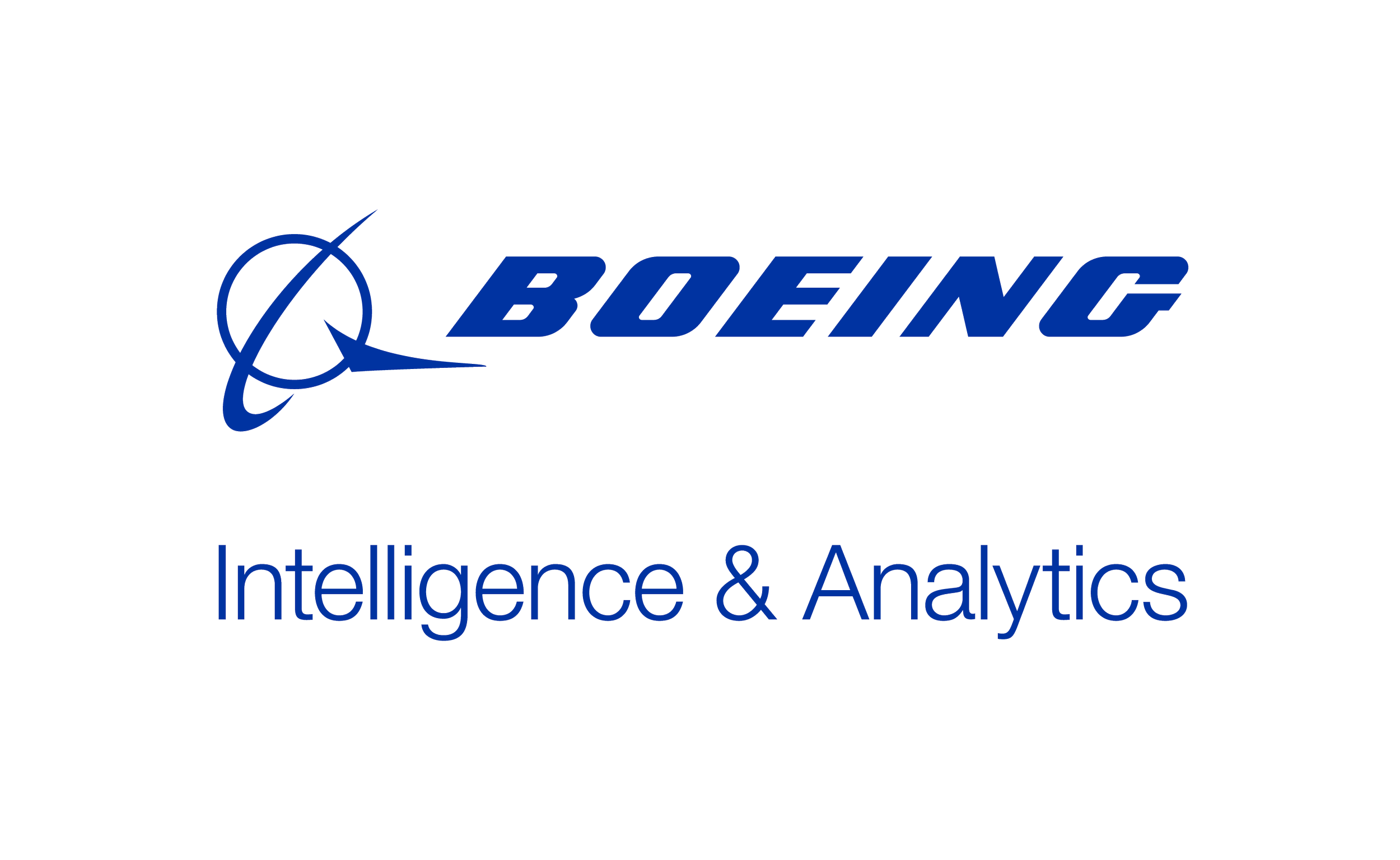In addition to DevSecOps, BI&A works on Zero Trust Architecture (ZTA) for many programs to help our customers transition away from traditional network-based perimeters. We focus on users, assets, and resources.
The core principle of ZTA is to assume no implicit trust based solely on physical or network location or asset ownership. Authentication and authorization occur before establishing a session with an enterprise resource.
ZTA addresses trends like remote users, BYOD, and cloud-based assets. By safeguarding resources rather than network segments, ZTA enhances overall security posture. This approach actively verifies users and devices ongoing, no matter where they are on the network.
Benefits:
Reduced Attack Surface: ZTA minimizes the attack surface by focusing on individual users and devices rather than broad network segments. This approach limits exposure to potential threats.
Continuous Verification: ZTA continuously verifies user identity, device health, and context before granting access. This proactive validation ensures that only authorized entities interact with resources.
Adaptability to Modern Work Environments: With remote work, cloud services, and BYOD becoming commonplace, ZTA adapts seamlessly. It secures assets regardless of their location or network boundaries.
Granular Access Control: ZTA allows fine-grained access controls. Users gain access only to specific resources they need, reducing the risk of lateral movement by attackers.
Improved Incident Response: By monitoring and analyzing user behavior, ZTA detects anomalies early. This enables swift incident response and containment.
Key Features:
• End-to-end governance
• Visibility
• Least privileged access
• Assume breach
• Continuous verification
For more information, contact DL_BD@bia-boeing.com.

